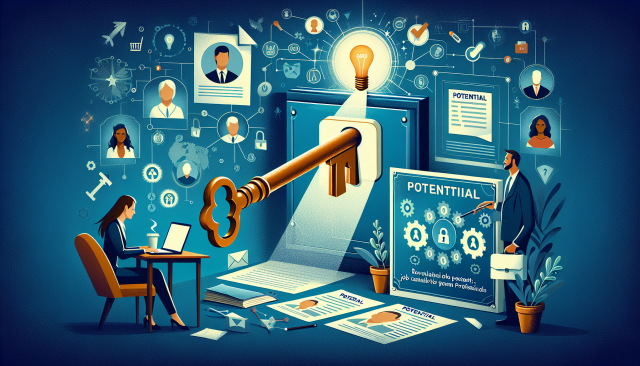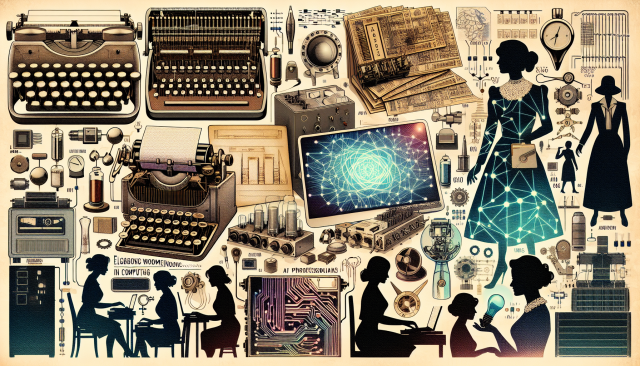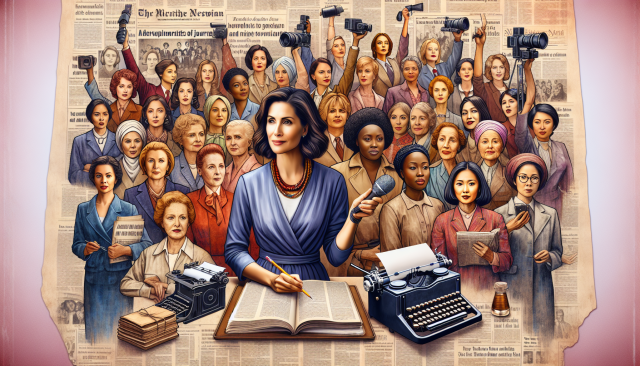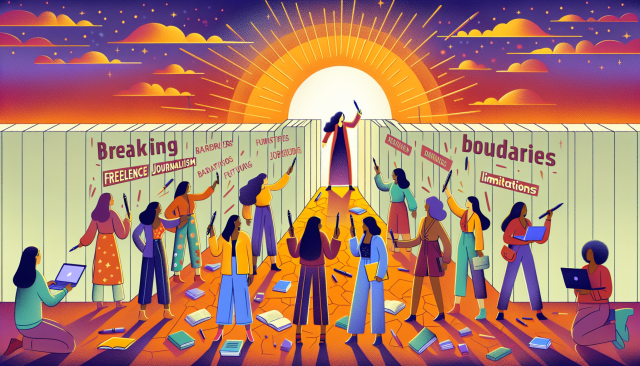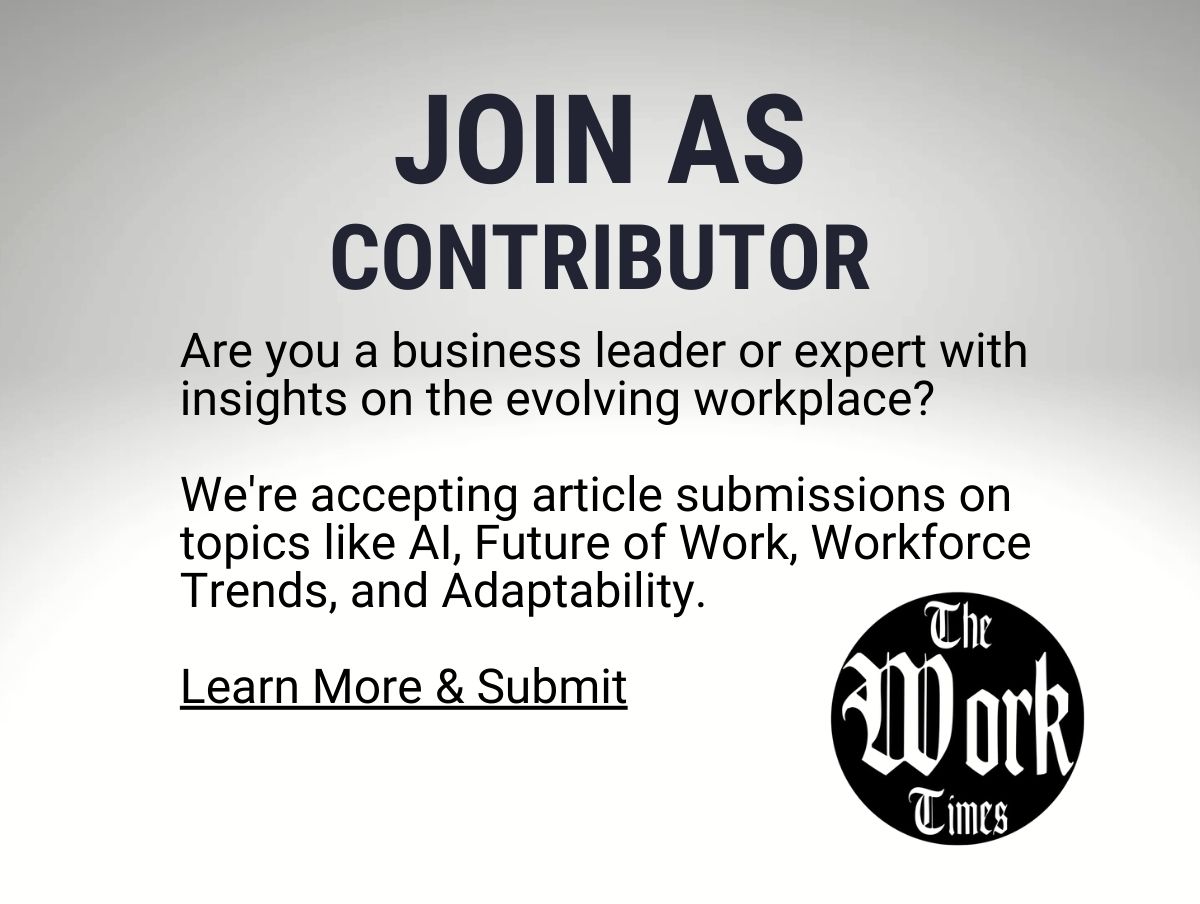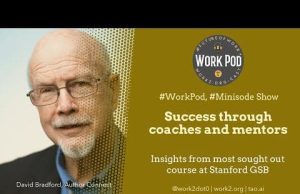Unplugged: The Remote Startup Revolution Unfolding
Unplugged: The Remote Startup Revolution Unfolding
Welcome to the new frontier of work, where the traditional confines of the 9-to-5 office space are rapidly dissolving into the ether of digital collaboration. As young professionals navigating the ever-evolving professional landscape, it’s crucial to understand and embrace the dynamics of remote startupsa trend that’s not just shaping our present, but also carving out the future of work.
At the heart of this transformation lies the concept of remote work, which has been catalyzed by technological advancements, shifting cultural expectations, and, more recently, global events that necessitated a rethinking of conventional working models. For many young professionals, remote startups represent not just an opportunity for career growth but also a lifestyle choice that values flexibility, autonomy, and global connectivity.
The Digital Nomad’s Dream
For years, the idea of working remotely was synonymous with the digital nomad lifestylea growing movement among young professionals who prioritize freedom and mobility in their career paths. Remote startups are at the forefront of making this ideal a reality for more people. With no physical offices tethering employees to a particular location, the world truly becomes your oyster. Whether lounging on a Bali beach or nestled in a cozy New York caf, your work travels with you, accessible at the click of a button.
Redefining Work-Life Balance
Remote startups are also reshaping the concept of work-life balance. In a world where burnout and work-related stress are prevalent, the flexibility offered by remote work models can lead to improved mental health and job satisfaction. By removing the daily commute and offering flexible hours, remote startups allow young professionals to tailor their work schedules around personal commitments, hobbies, and family time, creating a more harmonious blend of professional and personal life.
Inclusive and Diverse Workforces
One of the most significant advantages of remote startups is their ability to foster inclusivity and diversity. By casting a global net for talent, these companies can build teams that are not only geographically diverse but also rich in cultural perspectives. For young professionals, this means exposure to a broader range of ideas and approaches, fostering innovation and creativity that are crucial in todays competitive markets.
Challenges Ahead
Despite the many advantages, remote startups are not without their challenges. Young professionals must navigate issues such as maintaining productivity, combating isolation, and building strong work relationships from a distance. However, these challenges also offer opportunities for growth and innovation in communication and collaboration tools, agile project management, and digital wellness practices.
The Future of Work
The rise of remote startups signals a paradigm shift in how work is conceptualized and executed. For young professionals, embracing this change means exploring new career paths, challenging traditional norms, and contributing to a more flexible and interconnected global workforce. As we continue to decode the ascent of remote startups, its clear that they are not merely a trend, but a revolutionary step towards a more inclusive and empowered professional community.
So, as a young professional charting your path in this new era, the remote startup world awaits. Embrace the change, seize the opportunities, and be part of the exciting evolution of work.


















